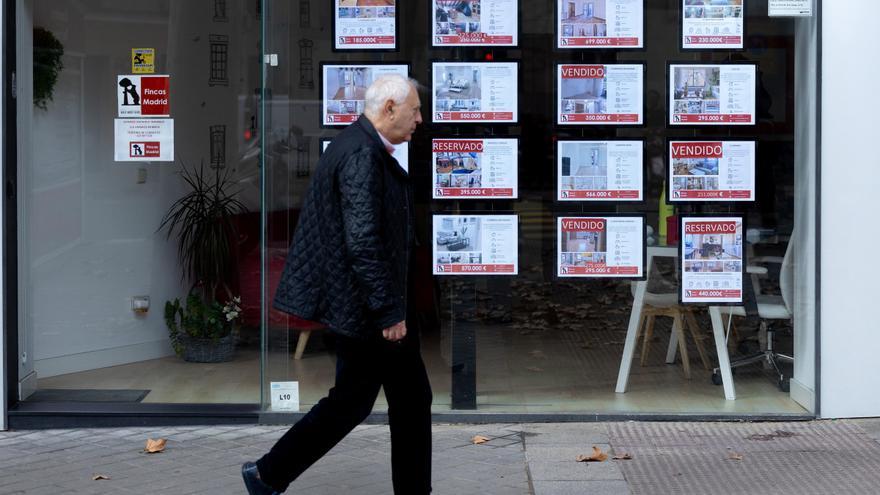The housing paradox facing Canary Islands residents
The Canary Islands present a striking economic paradox that directly impacts both residents and potential visitors considering long-term stays or investment opportunities. Canary Islanders face some of the most challenging conditions in Spain when it comes to purchasing a home, not simply due to high property prices, but because of a unique combination of factors that sets the archipelago apart from mainland Spain.
Residents must navigate the acquisition of homes that cost nearly as much as properties in territories where locals enjoy considerably higher purchasing power, all while earning the second-lowest salaries in Spain. Essentially, islanders purchase homes at prices comparable to those in the Basque Country—Spain’s third most expensive region per square meter—but with salaries that are a third lower.
Property prices reach record highs across the islands
The cost per square meter of property for sale in the Canary Islands now exceeds 3,000 euros, according to data from major real estate portals. Fotocasa reported that properties entering the market in May reached 3,108 euros per square meter, while Idealista recorded figures just over 3,000 euros. Although statistics from the General Council of Notaries and the Association of Registrars show somewhat lower figures—with completed transactions averaging 2,310 euros per square meter and registered properties at 2,625 euros—all sources agree on one crucial point: the Canary Islands rank fourth highest for property prices nationwide, trailing only the Balearic Islands, Madrid, and the Basque Country.
The salary struggle in paradise
While property prices soar, Canarian salaries remain among Spain’s lowest. According to the Annual Wage Structure Survey, islanders earn an average of 24,033 euros annually—only residents of Extremadura earn less. This stark contrast becomes even more pronounced when compared to other high-cost regions: Basque Country residents enjoy Spain’s highest salaries at 33,504 euros annually, yet their property prices of 3,178 euros per square meter are only marginally higher than those in the Canaries. The purchasing power gap is substantial—island workers earn approximately 9,471 euros less per year than their Basque counterparts, representing a third less income.
The disparity becomes even more striking when examining regions with similar salary levels. Extremadura residents earn just 349 euros less annually than Canarians (barely 30 euros per month difference), yet face property prices of only 982 euros per square meter—three times lower than Canary Islands market rates.
Tourism’s double-edged impact on island life
Understanding this paradox requires examining the factors that simultaneously drive up property prices while keeping wages low. Tourism emerges as the primary catalyst for both phenomena, creating a complex dynamic that affects residents and visitors alike.
The tourism variable significantly influences housing costs throughout the archipelago, a pattern evident in other major tourist destinations. The Balearic Islands, where tourism plays an equally crucial economic role, hold the distinction of Spain’s highest property prices. Foreign demand from buyers with greater purchasing power seeking second homes, combined with the rise of holiday rental properties, has caused prices to surge dramatically in recent years.
Housing shortage compounds the problem, with minimal construction activity—both private and public—failing to meet demand from numerous buyers, further straining prices upward. This shortage affects not only permanent residents but also impacts the availability and cost of long-term rental accommodation for visitors seeking extended stays.
Service sector economy shapes wage structure
On the wage side of the equation, the Canaries’ service-centered economy contributes to lower salary levels. The islands’ heavy dependence on hospitality and tourism industries creates demand for large volumes of workers, but typically offers significantly lower compensation compared to industrial sectors that are more developed in regions like the Basque Country.
This economic structure creates a challenging environment for locals while simultaneously making the islands an attractive destination for visitors and investors from regions with higher purchasing power, perpetuating the cycle that keeps property prices elevated relative to local incomes.

